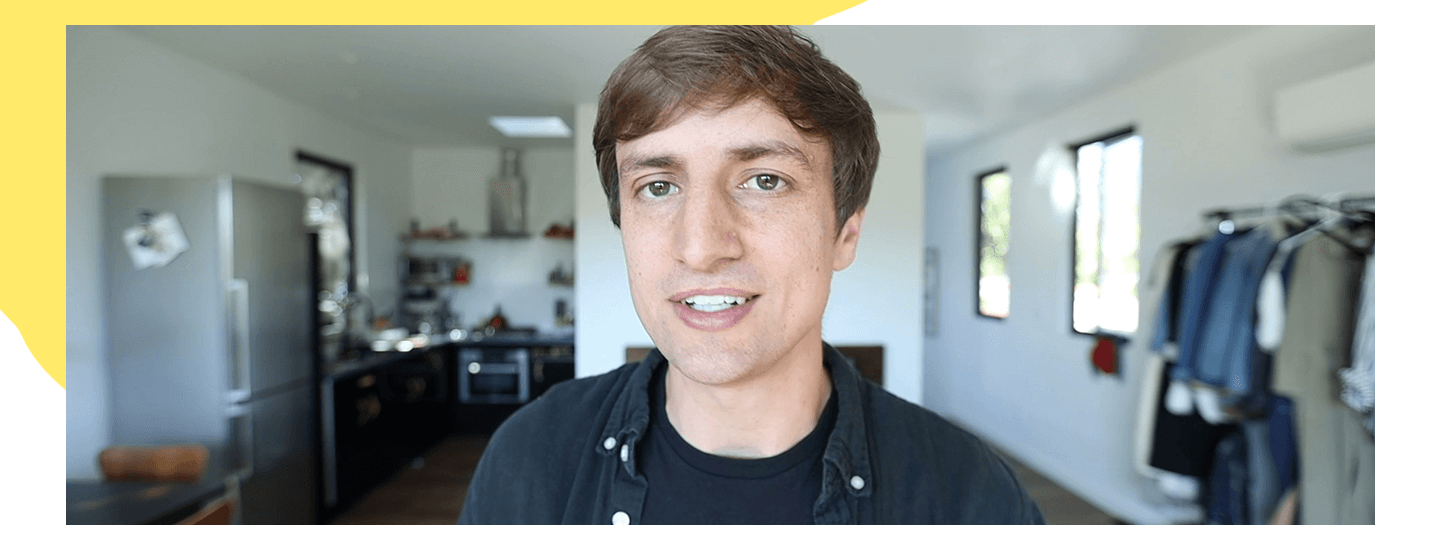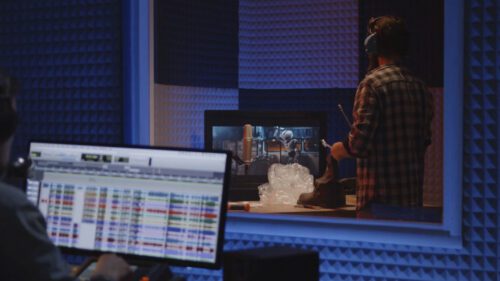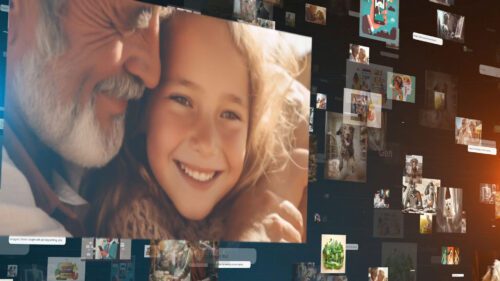I’m Colin and I am a filmmaker and content creator that lives in Los Angeles and today I’m going to answer the question, do you really need to be on Twitter?
With all of the different social media options that are out there today to spread your message sometimes, it can be a little bit overwhelming deciding which one you want to spend your time pursuing. No matter which platform you’re on, social media is a conversation and the interesting thing about Twitter is that it’s one of the easiest conversations to take part in. The social media feed on Twitter consists of a variety of different types of posts. You can have texts up to 140 characters, you can post a photo or you can post a video up to two minutes and 20 seconds. And video on Twitter can be horizontal as well as vertical. It’s important to note that most audiences are scrolling Twitter on their mobile device with the audio off.
How to create content for Twitter
So if you are going to use video on Twitter, make sure to take that into account and either use subtitles or just use content that speaks for itself with the visuals and you can add any texts you need in the copy above. Because content can be created so quickly on Twitter, the pulse of the community or the zeitgeist can move very quickly within seconds of an event happening either globally or in your neighborhood the community can start talking about it and it can be trending on Twitter. Platforms like YouTube that take a lot longer to create for, can also take a little bit longer to catch up to the conversation that’s happening in the community that you’re trying to reach. All of this makes Twitter a really great platform for quick stories, updates, and breaking news.
What makes Twitter a unique platform?
Okay, so as video creators that primarily upload to YouTube, why do we have a Twitter? The first reason is to cultivate community and interact with them more frequently than we could on YouTube. In order to have a conversation with our audience on Twitter, all we need to do is write a text post or post a photo. Whereas on YouTube it could take us up to a week to shoot film, edit a video, and release it to our audience.
The second reason that we primarily use Twitter is to promote our videos from YouTube. There’s a huge opportunity for audience growth on Twitter that we don’t necessarily see on YouTube and here’s why that is. On Twitter, whoever interacts with our content, whether they like it, comment or retweet it now surfaces our posts to their audience and most likely those people who are commenting on our content, on Twitter have like-minded audiences that would also be interested in what we’re making. So all of a sudden we’re rewarded for creating more conversation because our content is now finding new audiences that we otherwise wouldn’t have found on other platforms.
If your primary platform isn’t YouTube like us, let’s say it’s a podcast, Twitter is still a great place to cultivate community and grow an audience. We’ll also use Twitter to get direct quick feedback from our audience. We highly recommend using Twitter for this because it will make your community feel even more invested in what you’re doing when they get to be a part of the process. Lastly, because the zeitgeist of Twitter moves so quickly, it’s a great place to check for trending topics. If you want to tell a story that’s resonating with a lot of people, you can just check Twitter to see which topics are currently resonating with a lot of people. With Twitter, your ability to tap into a conversation gets easier with their use of hashtags. You can check to see which topics are trending, make a video or a post about it and use that hashtag to all of a sudden surface your content into a much bigger group of people.
How to reach new audiences with Twitter
A great way to develop your voice on Twitter is to pick a trending topic every single day. Just pick one of the ones from the list and make a tweet about it. Once you write the tweet or post the photo or the video, make sure to use the hashtag and do that every single day to see what works and what’s resonating on the platform. It’s a relatively low lift way to experiment and find a voice that works for your audience. So to answer the question, do you really need to be on Twitter? Does timeliness and getting information out very quickly matter? Definitely beyond Twitter. Is text a viable way for you to get your message across? Then definitely beyond Twitter. And if you’re interested in reaching new audiences or finding out what topics people would find interesting at scale, definitely make sure to have Twitter so you can check that trending tab and see what people are talking about in the world or in your area.
Why you need to a Twitter
Even if you don’t intend on posting content on Twitter, we highly recommend having an account and logging on from time to time. It’s a great place to see what’s trending, what people are interested in, and what everyone is talking about. That information can help you guide your creative process, whether you decide to upload to Twitter or not. We check the trending topics on Twitter all the time and it always helps us inform what we’ll make a video about on YouTube. So hopefully that helped to answer any questions that you have about Twitter, but if you do have any others, make sure to comment them below and we’ll try and answer them for you.



